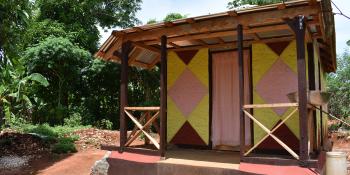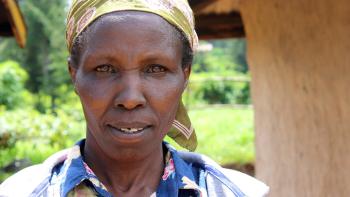Habitat for Humanity joined by major partners to launch Homes, Communities, Hope + You, a global campaign to help communities build back from COVID-19
ShelterTech
Building a better house for us all
Habitat celebrates all 2020 graduates, especially those whose parents partnered with Habitat to build a stable home and brighter future. Our CEO Jonathan Reckford shares a special message for recent graduates — and all of us.
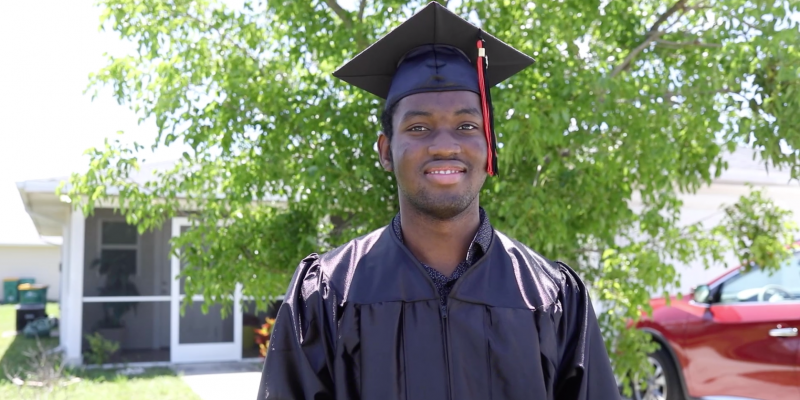
To the graduating class of 2020, and to all of us,
Here’s something you might not expect to hear in a regular commencement speech: It’s time for us to unlearn much of what we think we know.
There’s been so much talk — and rightfully so — about the unprecedented nature of our times. It’s true. There is no challenge or crisis in recent memory that compares to the particulars of this public health pandemic, its ensuing economic instability, and the protests for racial justice in cities and communities everywhere. We are in uncharted waters. We all sail with our unwavering trust in an ever-present God to guide us.
“Unprecedented” is a word that casts an awfully big shadow, and those kinds of words can sometimes serve to obscure things that actually want — and need — to be illuminated. We can’t lose sight of what preceded this moment or of what this moment is showing us about ourselves and our society. We have to look back — and look around — before we can look ahead.
We live and labor in communities where determination and hard work aren’t always enough. Where inequalities and prejudices are among the strongest forces that shape daily lives.
What we see is both good and bad. Our current circumstance is scary and stressful, and I think it’s safe to say that none of us are stepping into the tomorrow we might have imagined. But that’s been true for a lot of families around the world for a very long time. Families who have struggled to make ends meet, much less get ahead. Families who have suffered from redlining, racial inequality and the housing disparities that follow. And now their struggle is all the harder. None of this is new, it’s just laid bare. We live and labor in communities where determination and hard work aren’t always enough. Where inequalities and prejudices are among the strongest forces that shape daily lives.
And yet, at the same time, the stories of individual kindnesses and ingenuity are legion today, as they were so often before. In some ways, we’ve never been further apart. But we’ve also never been closer together. Neighbors caring for each other, communities rallying to fill the gaps in a frayed social safety net, unexpected figures stepping up to offer solutions, people coming together to make a difference for each other. Push has come to shove in so many places, and the push that survives is concern for others, solidarity with vulnerable groups, a sense of active citizenry and interconnectedness, the joy that comes from helping others.
When we see all of this, we should see the tomorrow we always should have been imagining anyway. And not just imagining, but actively building. If so many of us right now have a sense that we are all in this together, that our fates are intertwined, our health and well-being inseparable from those of our fellow citizens, then we absolutely must work every day — today and beyond — to make that actually be true.
Let’s make this world a fairer place; let’s make our communities beacons of equality. Don’t just worry about your own needs and challenges; see those of all the people around you.
The Persian poet Hafiz said that the words we speak are the house we live in. I’ve been on many build sites around the world, and the most important nail, the most important brick, is always the first one. We will never live in a better house if we do not — today — begin to speak about important things. Your voice matters.
Speak truth.
Live what you believe.
Stand with others.
Roll up your sleeves.
Don’t just participate in the systems that surround us. Do everything you can to change them — and yourself — for the better.
Let’s make this world a fairer place; let’s make our communities beacons of equality. Don’t just worry about your own needs and challenges; see those of all the people around you. Because when you do and when we join together, every improvement we make will envelop and uplift us all.
“Normal” wasn’t actually OK. “Unprecedented” can’t be a reason to look away.
Habitat for Humanity has always believed in the power of coming together to transform lives. That transformation story lives in the children who have grown up in the homes we help build. Their parents had the courage to take a deep breath and an enormous leap faith. How much we all can learn from the example they have set in applying action, sweat equity and sacrifice to bring a long-held dream to life! Not only for today, but for tomorrow. That kind of commitment is what we all need now.
Today, let’s begin to build a better house. For us all.
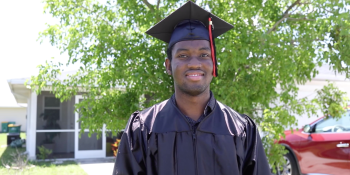
HFH of Wausau ReStore
Powhatan Habitat for Humanity ReStore
Habitat’s MicroBuild Fund expands access to loans
The success of Habitat for Humanity’s groundbreaking MicroBuild Fund, which has helped millions of low-income families around the world build or improve their homes, is the result of years of careful planning and the ability to attract like-minded and committed partners.

The success of Habitat for Humanity’s groundbreaking MicroBuild Fund, which has helped millions of low-income families around the world build or improve their homes, is the result of years of careful planning and the ability to attract like-minded and committed partners, according to a new case study out of New York University.
A case study of investment in housing
“Launching the MicroBuild Fund” follows the fund from the initial idea of creating an investment vehicle for housing aimed at low-income families to its rollout in 2012. The case study braids together the legal, business and policy issues that informed getting the fund off the ground and is the work of NYU’s Grunin Center for Law and Social Entrepreneurship and Wagner Graduate School of Public Service.
“This MicroBuild Fund case study is an invaluable and novel tool for the field to learn more about this innovative financial product and how it is providing safe, decent and durable homes to millions,” says Patrick Kelley, vice president of Habitat’s Terwilliger Center for Innovation in Shelter, which houses the fund.
A critical need for affordable housing worldwide
The case study also underscores the urgent and growing demand for safe and affordable housing, pointing out that by 2025, at least 1.6 billion people worldwide will be living in substandard housing or will be so financially stretched by housing costs that they will be forced to forgo other basic needs such as food, health care and schooling for their children. Habitat’s MicroBuild Fund seeks to address that demand by lending to financial institutions, which, in turn, provide small loans to low-income families to build safe, decent and durable homes. This type of lending supports an incremental building approach and helps families clear hurdles like lack of access to credit or land titles.
Since its launch, the fund has dispersed $132.5 million to 54 institutions in 31 countries. This has allowed those institutions to collectively grow their portfolios to $1.08 billion and help provide access to better housing for more than 2.1 million people. “The MicroBuild Fund has enabled financial institutions across the globe to provide new housing financial products and services and is having a ripple effect on the market as others adopt the model,” says Kelley.
Continuing analysis of MicroBuild’s impact
Additional case studies are planned with the goal of providing insights on how the MicroBuild Fund has had to adapt and change over the years to respond to market opportunities and challenges. Omidyar Network, a philanthropic investment firm and investor in the MicroBuild Fund, is supporting the case study work.
“Improving housing market systems that enable families to achieve affordable shelter is critical to realizing our vision of a world where everyone has a decent place to live,” says Mike Carscaddon, Habitat for Humanity International’s executive vice president of administration, chief financial officer and chair of the MicroBuild Fund board of directors.
Bumak and his family are among those who now have a decent home because of the MicroBuild Fund. For years, Bumak and his wife, Saearng, sent their young children to live with grandparents because the couple could only afford to rent a tiny room in a dangerous area of Phnom Penh, Cambodia. The couple saved whatever they could from their jobs selling ice cream and working in a garment factory, and eventually they were able to buy a plot of land and start building a house where they could all live together. The MicroBuild Fund made it possible for Bumak and Saearng to borrow small loans that helped them tile the floors, plaster the walls and install a metal roof. “We were so happy to move into this house,” Bumak says. “We were able to bring our family back together.”

Pulling together to lift up families and neighborhoods
A Habitat house is transforming the lives of Sonia’s family. They, in turn, are helping to transform their neighborhood.
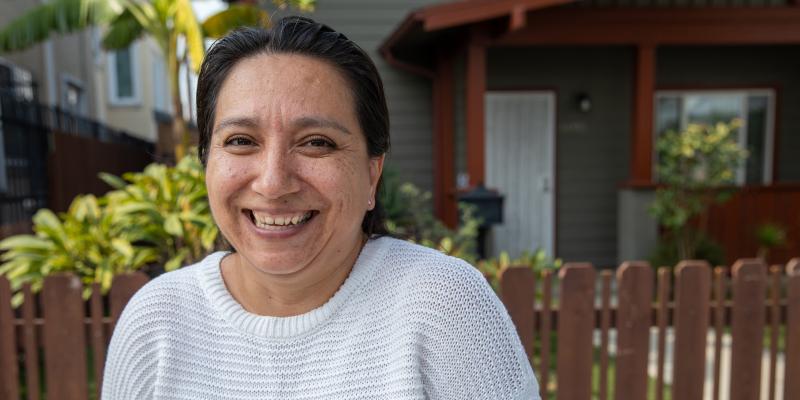
A Habitat house is transforming the lives of Sonia’s family.
They, in turn, are helping to transform their neighborhood. Sonia, her husband and three boys live in the Washington neighborhood in Long Beach, California. It is among 10 U.S. communities where residents are working with Habitat and other partners to pinpoint ways to improve the quality of life of residents.
The Robert Wood Johnson Foundation — along with General Motors, H&R Block, Lowe’s and Wells Fargo — are financially supporting the work. Affordable housing is a part of the path forward.
Sonia is grateful for the opportunity to purchase a Habitat home in the Washington neighborhood. “I stand in my kitchen, or sometimes in the backyard, and just say, ‘This is what I wanted for my kids.’” A place where her boys can be creative. A yard where they have been free to romp and laugh. “Here you can run, scream, play, jump — and the neighbors don’t complain,” Sonia says.
She also wants everyone’s children to be able to ride their bikes and walk to school and air out at the skateboard park in a neighborhood that is lovely and safe.
That’s where other community partners come in, including the local police, the parks and rec department and the middle school that sits in the heart of the neighborhood. “Right now, my neighborhood is nice,” Sonia says. “I know if everyone gets involved, it can be even more beautiful.”

Building back and training masons
Altide and her daughter are among the many families who lost their homes when Hurricane Matthew roared through southwest Haiti in October 2016. Today, they are among the many families who have put their lives back together because of the work of Habitat Haiti.
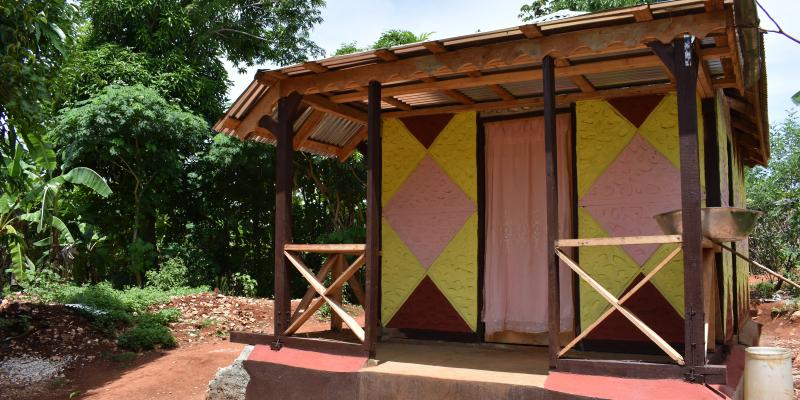
Altide and her daughter are among the many families who lost their homes when Hurricane Matthew roared through southwest Haiti in October 2016. Today, they are among the many families who have put their lives back together because of the work of Habitat Haiti.
With winds exceeding 145 miles per hour, Hurricane Matthew leveled houses and ripped off the corrugated metal roofs of those still standing. After an immediate response that provided shelter kits to those affected, Habitat Haiti has partnered with families like Altide’s in rural areas to build 300 new homes and repair more than 1,500 others. The new houses are equipped with water collection tanks, which can safely store up to 250 gallons of rainwater — critical in rural communities with no water supply where families rely entirely on rainwater for drinking, bathing, cleaning and growing their food.
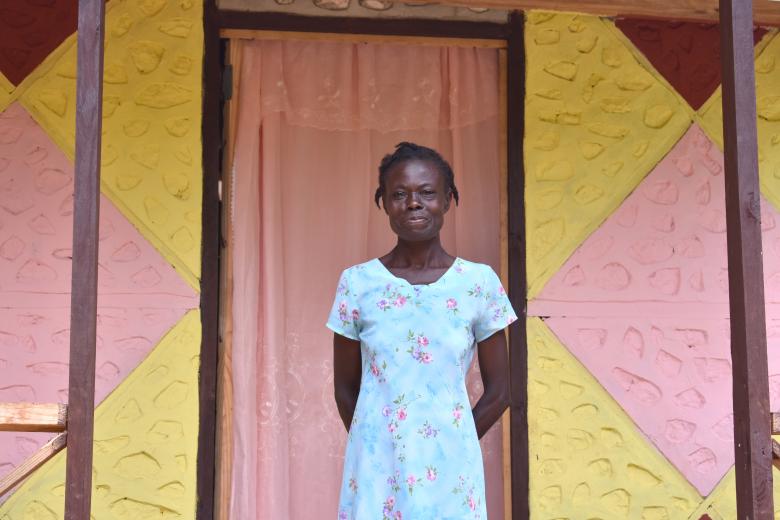
Through partnerships with other organizations, Habitat Haiti also has educated more than 5,000 households on safe construction techniques and trained more than 600 new builders. Because many homes in Haiti are built with concrete blocks, often of poor quality, Habitat Haiti is training masons to build stronger, more durable houses by incorporating techniques such as reinforcing walls with wood beams.
In the days after the storm, Altide salvaged sheet metal to make a small shelter where her house once stood in Corail.
“We were always uncomfortable,” she says. Then she partnered with Habitat to build a new home using disaster-resistant construction techniques, including the installation of hurricane clips and strengthened walls to help withstand future storms.
She takes great comfort, she says, knowing that her new brightly colored house was built to withstand future storms. “Even during storms and heavy rains, the house is sturdy, and water doesn’t get through,” Altide says. “I’m very proud of this new house.”
